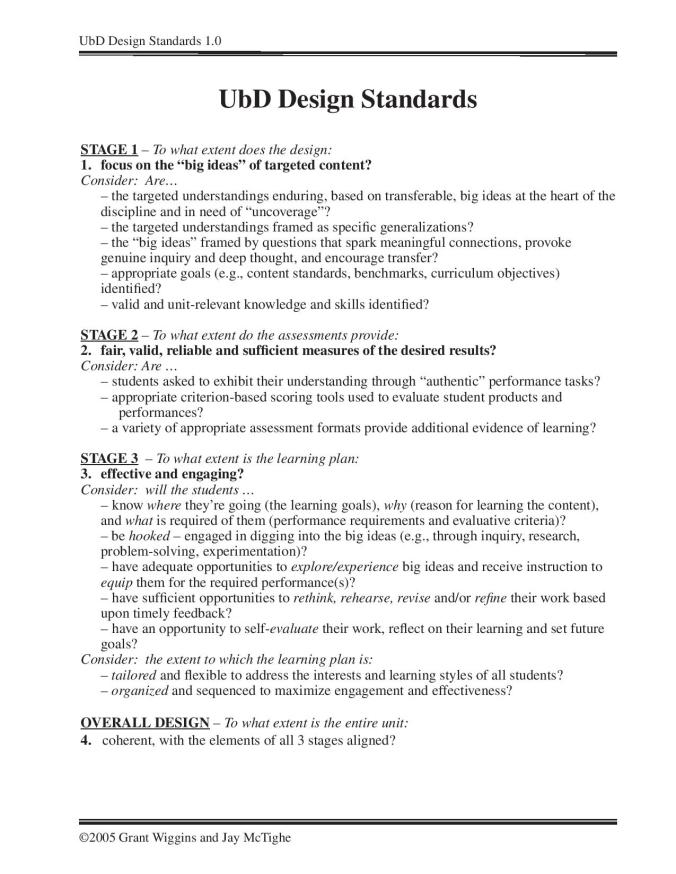Essential Questions: What do my students get out of this music? What is this standard really getting at?
Goals and the Music Ensemble
As musicians and music educators prepare for performances, they set goals related to the musical content in order to make the best use of their time. Private instructors give their students goals and benchmarks in preparation for a recital so that their students have a clear understanding of what they need to accomplish in their practice each week.
Musicians are great at setting (and accomplishing) goals! It’s a natural part of what it means to be a musician as we prepare for performance. So the question isn’t whether or not to use goals in the music ensemble, but how best to identify and implement goals as we plan for performances and meaningful rehearsals.
Goals and Content Standards
As the NCCAS continues to prepare the new Common Arts Standards, music educators are responding with a lot of ideas as to what the goals of our profession should be (Tim Purdum, a K-5 Music Educator from Waterloo, Iowa, has some great posts about these new standards). I had a great discussion last week at the weekly #musedchat on Twitter about the role and purpose of performance in a whole music education philosophy (especially @ramccready).
Now, I won’t get into my thoughts on the NCCAS standards in this post, but they do attempt to identify some of the larger overarching goals of music education and art education as a whole. They identify three artistic processes as a means to organize our thinking about what we want students to do: Creating, Performing, and Responding.
One of the ways that McTighe and Wiggins encourage teachers to identify the larger curricular goals for a class is to examine the standards they have been asked to teach. When teachers begin with these processes (and the standards that fall under them), they can identify some of the big ideas contained within the three processes (Which are, in fact, even bigger ideas!).
For ensemble directors, I’m not sure starting there is always the best idea. It is absolutely necessary to consider how to teach standards within the ensemble classroom, but beginning with those standards does not account for they ways in which ensemble teachers teach and reteach musical concepts and big ideas over and over again through the use of musical literature. The repertoire guides the scope and sequence as teachers design for musical learning and musical experiences. Therefore, it may be necessary to develop the larger goals for ensemble learning in conjunction with the repertoire being used.
The way to the goals is not as important as the process of identifying the goals and big ideas needed for a skilled, musical performance by the students.
Priorities: Where to Start?
UbD encourages teachers to organize their content standards, understandings, and skills into three groups to identify what big ideas students need to grasp by the end of an instructional unit.
Individual pieces of music, scales, and methods exercises are not necessary for students enduring understanding of music-making throughout their lives. Even the skills required to play an instrument or read music may not always be what students will take from our ensembles and remember 20 years down the line(Though I would certainly like them to!)

Sorting content knowledge according to these categories helps us identify what we want students to take with them when they leave our classroom.
Examples
Here are a few goals and understandings that I’ve identified through my study of UbD. Keep in mind that goals should always relate both to the content standards you are working towards as well as the repertoire the ensemble is performing!
- Tension/Release
- How did we get our modern system of notation?
- What is music?
- Is music a “language?”
- Music as tool for social justice
- Breath and musical production
Feel free to suggest some more big ideas that you have found helpful in designing student learning!
Enduring Understanding: Identifying the big ideas that anchor the total design provides students with direction and cohesiveness in all learning experiences.
Note: The UbD and the Ensemble series is a sort of guided tour through the book Understanding by Design by Jay McTighe and Grant Wiggins. In this series, I attempt to connect the work they have done to vocal and instrumental ensembles and the challenges of designing rehearsals with student understanding in mind. Please comment with your own experience in teaching music for understanding!
Related articles
- UbD and the Ensemble: Introduction (jamespatrickjensen.com)
- UbD and the Ensemble: Backwards is Better! (jamespatrickjensen.com)
- UbD and the Ensemble: Understanding – More than the method book! (jamespatrickjensen.com)









 Is it always perfect? Of course not. During one of my supervisor observations I realized I had not properly pre-assessed the knowledge of a group of late elementary students and had to completely revise my plan, but I saw their frustration and didn’t try to charge forward with my plan. It seems like such a small thing, but I recognize now that it was an important moment in my teaching. I messed up, recognized it in the students, and fixed it on the spot.
Is it always perfect? Of course not. During one of my supervisor observations I realized I had not properly pre-assessed the knowledge of a group of late elementary students and had to completely revise my plan, but I saw their frustration and didn’t try to charge forward with my plan. It seems like such a small thing, but I recognize now that it was an important moment in my teaching. I messed up, recognized it in the students, and fixed it on the spot.
